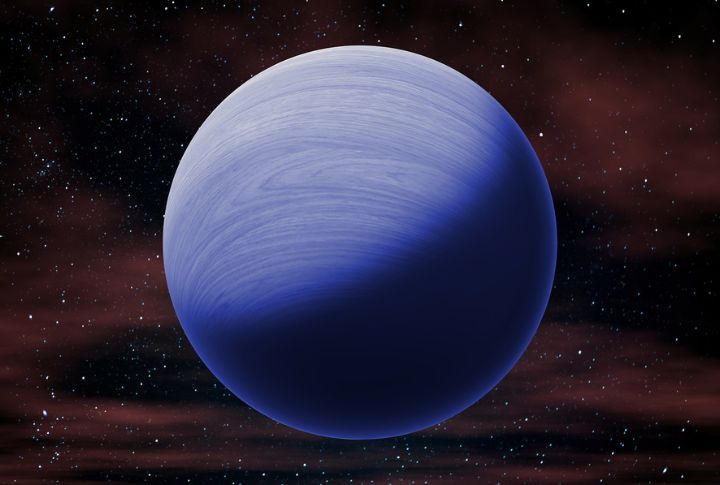
Neptune might look calm and distant, but beneath that cold surface, it’s stirring up some serious cosmic chaos. Moreover, with winds that could blow your mind and a storm that keeps playing hide-and-seek, this quiet planet isn’t as peaceful as it seems. Check out these 10 reasons why Neptune’s been under the microscope for far longer than anyone expected.
Neptune Emits More Heat Than It Receives
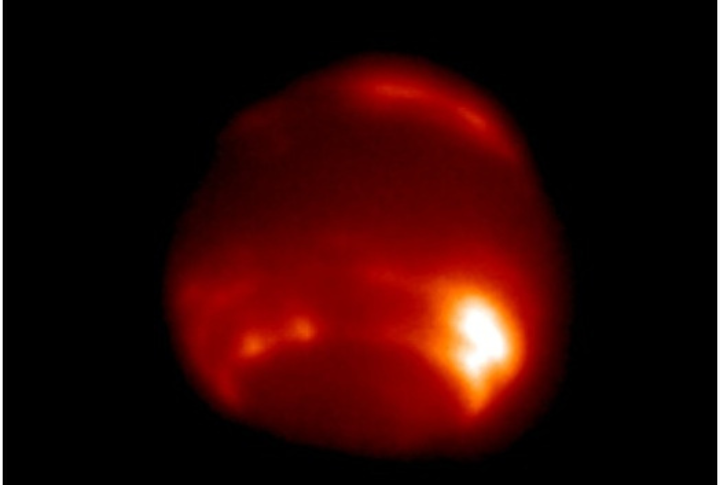
In 2020, astronomers confirmed Neptune radiates over twice the energy it absorbs from the Sun, which makes it an active outlier among outer planets. Like Jupiter and Saturn, it releases some residual heat left over from its formation. Still, that alone doesn’t explain its high thermal output. Methane’s greenhouse effect and other unexplained internal processes may intensify it, and that leaves this heat puzzle an open case.
Its Winds Are The Fastest In The Solar System
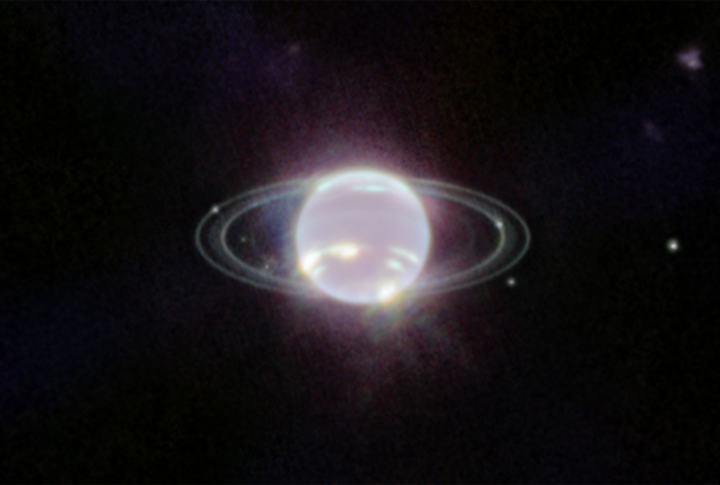
Neptune’s winds, clocked at speeds topping 1,200 mph, race about five times faster than Earth’s most violent hurricanes. Hubble Space Telescope observations have revealed dynamic shifts in Neptune’s atmosphere, but even now, models still struggle to explain how such extreme speeds can erupt on a planet so distant.
Voyager 2 Is The Only Mission To Visit
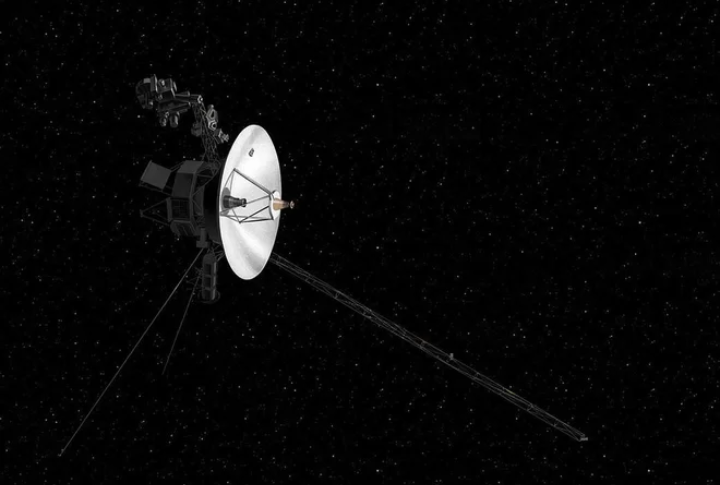
No spacecraft since Voyager 2 in 1989 has come within close range of Neptune, and its 12-hour flyby revealed a world full of surprises, like ring arcs and an offset magnetic field. All current Neptune research relies on data collected during that single, high-speed encounter over three decades ago.
The Planet’s Internal Structure Defies Expectations

Seismological simulations suggest Neptune may contain a superionic water layer—a bizarre state where hydrogen ions move freely through solid oxygen. This conductive slush exists only under pressures millions of times greater than Earth’s atmosphere. So, understanding its behavior could reshape how scientists model planetary interiors.
It Might Rain Diamonds In The Deep Atmosphere

A 2017 lab experiment mimicked Neptune-like pressure and successfully transformed methane into microscopic diamonds. Researchers theorize that in Neptune’s middle layers, this transformation happens constantly. Moreover, those diamond showers would then sink deep toward the core, which suggests exotic physics beyond Earth’s geochemical boundaries.
Neptune’s Magnetic Field Is Wildly Tilted
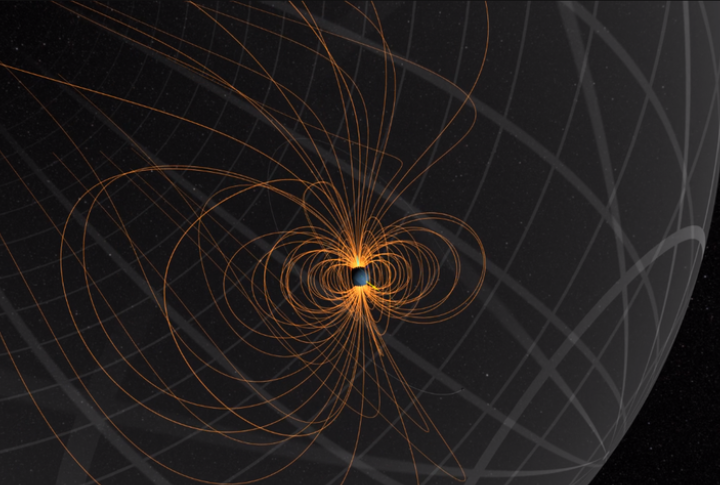
Unlike Earth’s relatively centered magnetic field, Neptune’s is lopsided and tilted 47 degrees from its rotational axis. This creates bizarre seasonal effects and auroral zones that drift in unexpected patterns. At the same time, scientists still debate whether its magnetic generator lies in the core or farther out in its fluid mantle.
Its Moon Triton Orbits Backward
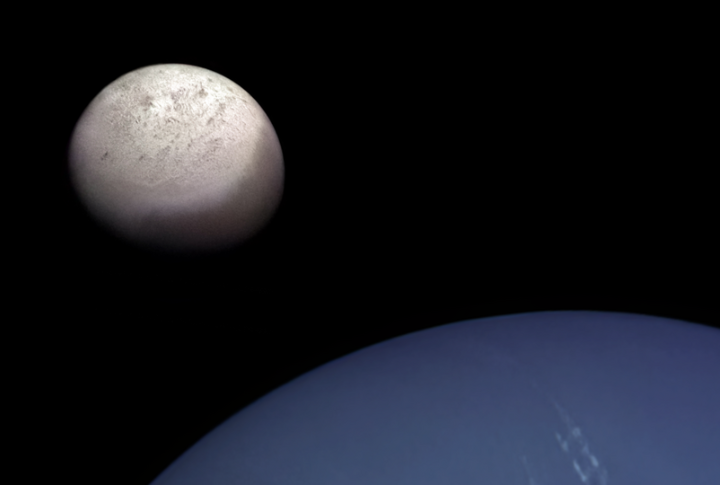
Taken from the Kuiper Belt, Triton travels backward around Neptune’s spin. Its retrograde orbit sets it apart from other large moons. In addition, experts suspect its capture upset Neptune’s original satellite lineup, and its surface features point to a past warm enough for hidden oceans beneath the crust.
There’s A Giant Storm That Keeps Disappearing
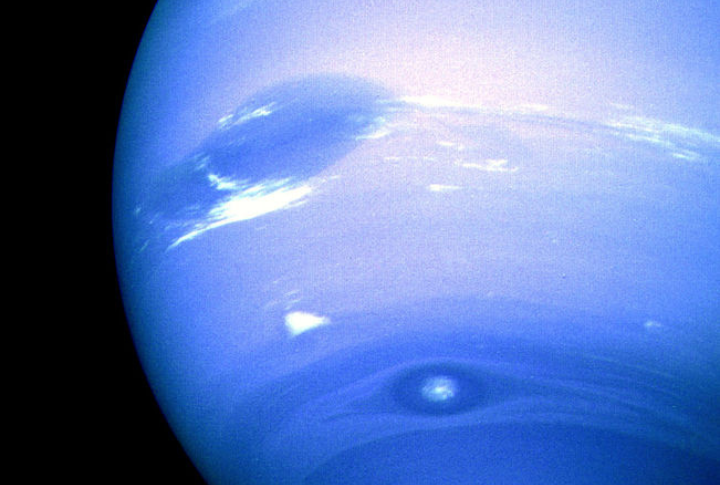
Voyager 2 first spotted the Great Dark Spot, which appeared similar to Jupiter’s iconic storm systems. Later, Hubble confirmed that the storm vanished, with new ones forming in different regions. The short-lived tempests reveal this rapid atmospheric turnover, rarely seen elsewhere in the solar system.
Neptune May Influence The Kuiper Belt
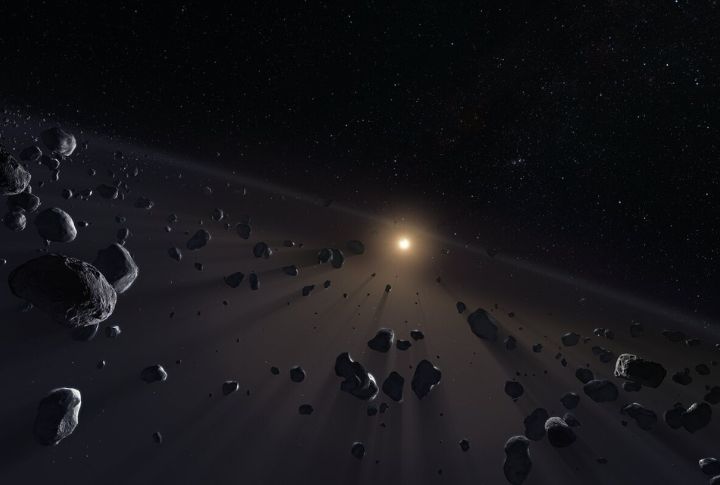
Over 2,000 Kuiper Belt objects orbit in synchronized patterns with Neptune, including Pluto, which is locked in a 3:2 resonance. These orbital relationships help scientists reconstruct the early migrations of outer planets. Without Neptune’s gravitational tugs, much of the Kuiper Belt would look radically different.
It Could Teach Us About Exoplanets
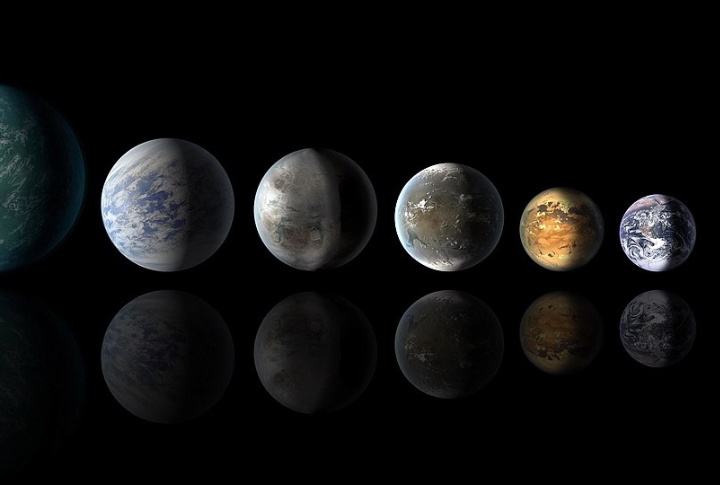
More than 30% of confirmed exoplanets fall within Neptune’s size range. That detail turns Neptune into a strong reference point for extrasolar studies. Scientists rely on its density along with atmosphere and magnetic quirks to decode light curves and spectrographic data from distant planets. Ultimately, it’s a local case study with galactic implications.
